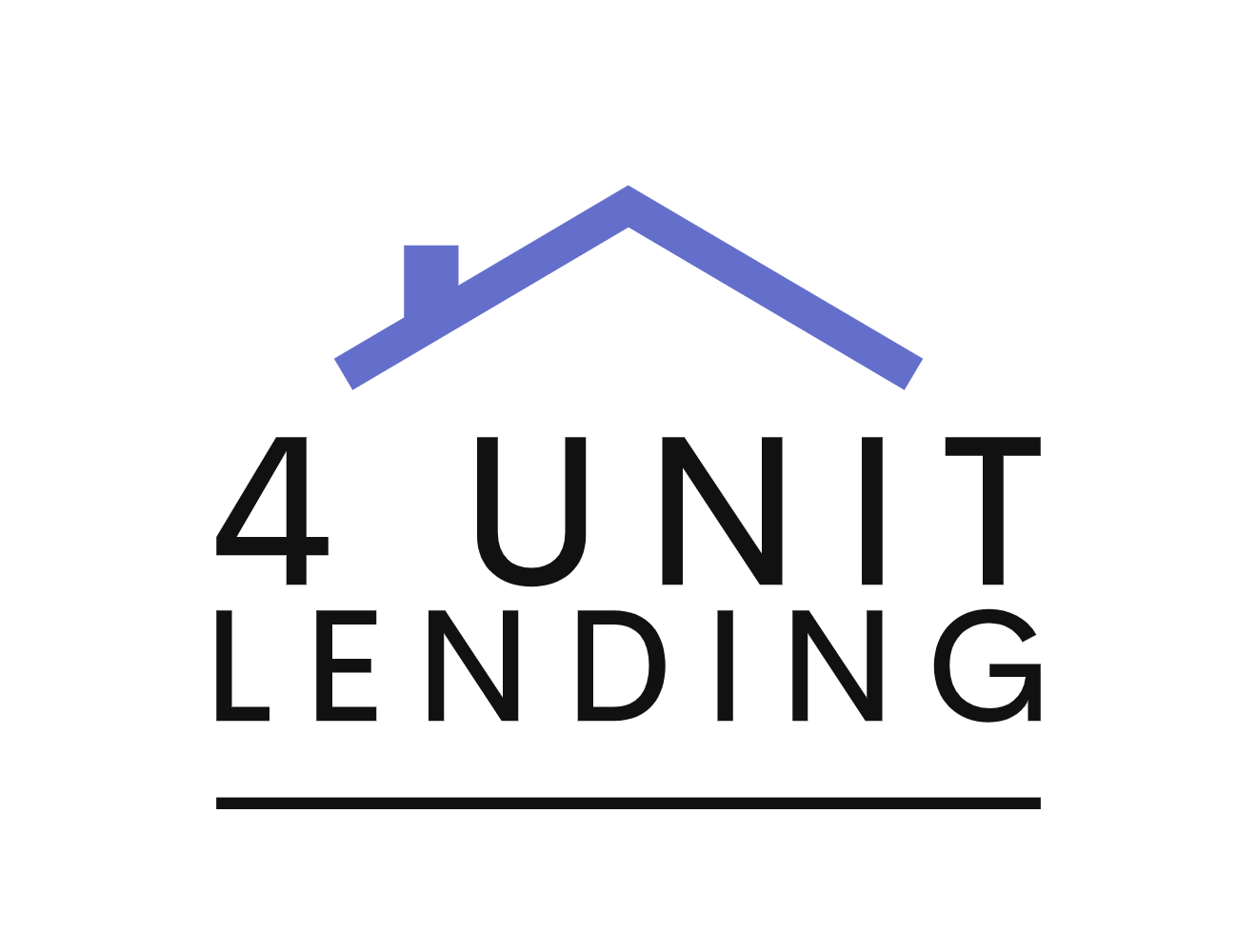Redlining was a federally supported program that encouraged mortgage lenders to approve home loans in majority-white neighborhoods and deny loans in predominantly Black neighborhoods. Its impact created racial and economic disparities that linger today.
Learn more: Home appraisal bias — How to know if you’re facing discrimination
In this article:
Redlining in real estate refers to when lenders deny loans based on the neighborhood’s racial makeup. Banned by the Fair Housing Act in 1968, redlining and other forms of housing discrimination are illegal, and laws forbidding them are enforced by the U.S. Department of Justice (DOJ). Before being outlawed, redlining was promoted through federal agencies and quasi-governmental organizations, making affordable homeownership programs inaccessible to the Black community.
Redlining maps can be traced back to the Home Owners’ Loan Corporation (HOLC), a government-created agency tasked with buying and refinancing mortgages in default or foreclosure as many Americans grappled with the effects of the Great Depression.
The HOLC developed a neighborhood rating system based on factors that include class and race, denoting majority-white communities as higher-grade, less risky investments and majority-Black neighborhoods as lower-grade, riskier investments. Riskier neighborhoods were marked with a red line.
The Federal Housing Administration (FHA) adopted redlining on a larger scale, limiting its government-insured mortgages to predominantly white suburban areas and encouraging restrictive covenants that shunned Black residents to disinvested areas.
FHA loans removed much of the risk for mortgage lenders, allowing them to offer lower interest rates, lower down payment requirements, and longer repayment terms. These favorable loan terms contributed to the housing boom in the 1940s that primarily benefited white, male, and higher-income residents. This practice persisted systematically for decades until the 1968 Fair Housing Act outlawed redlining and other discriminatory acts.
Yahoo note: Looking for a mortgage lender that prioritizes underserved communities? Read our review of New American Funding and our CrossCountry Mortgage review.
It is now illegal for lenders to approve or deny services based on the racial makeup of the neighborhoods. However, decades of shutting out the Black community from affordable homeownership leaves a lasting and detrimental legacy.
According to Q4 2024 Federal Reserve Economic Data (FRED), over 74% of white residents own their homes — a stark difference from the 46.4% homeownership rate for Black residents.
Limited access to credit, institutionalized by redlining, is just one of many factors perpetuating this racial homeownership gap. Areas that were redlined decades ago are still less likely to have residents with mortgages, according to a May 2024 study from the National Community Reinvestment Coalition.
On average, Black families have $23 for every $100 of white family wealth, according to research from the Federal Reserve Bank of St. Louis’s Institute for Economic Equity. What drives the racial wealth gap is a complex and intertwined system, but homeownership plays a key role.
“Nearly three-quarters of White Americans have access to home equity resources to help their children with down payments, enabling them to purchase their first home and begin building their own generational wealth,” said Tai Christensen, co-founder and president of Arrive Home, a national affordable housing program, via email. “This is access that many minority families do not have due to historically lower homeownership rates driven by systemic redlining and racial wealth disparities.”
Even though redlining is illegal, Black and brown residents still make up a large portion of historically redlined areas. The foundational belief that properties in these communities are riskier investments fuels disinvestment, leaving these communities highly underserved in areas like education and well-paying jobs.
“The effects [of disinvestment] compound over time, as families in minority communities have less access to financial resources, quality education, high-paying jobs, and essential services,” noted Christensen via email. “Addressing this issue requires equitable housing policies and investment in historically marginalized communities.”
Read more: What is an appraisal gap, and what can buyers do when it happens?
While illegal, redlining can still happen today. In October 2023, the DOJ reported it secured over $107 million in relief for communities impacted by redlining.
If you believe you’ve experienced redlining or any form of lending or housing discrimination, you have options for filing a complaint:
Learn more: What is the Consumer Financial Protection Bureau?
Redlining is a discriminatory practice in real estate where residents are denied credit because of the racial makeup of the neighborhood. The practice has gone on for a long time. Still, the term “redlining” didn’t enter the nomenclature until the 1930s when mortgage lenders used pens with red ink to outline areas on maps with majority-Black residents, marking these neighborhoods as having a higher lending risk. Although Black residents were the primary focus in the past, the redlining real estate definition includes all characteristics protected under the Equal Credit Opportunity Act.
An example of redlining could be a mortgage lender avoiding approving home loans in areas with predominantly Black or brown residents. Redlining practices can happen knowingly or unknowingly, hidden in the dangerous belief that minority groups, in general, are riskier borrowers.
Reverse redlining refers to lenders targeting communities of color with predatory lending products. Predatory loans can include mortgages with high fees or balloon payments. Victims of predatory lending may have difficulty repaying the mortgage and could face foreclosure. Like redlining, reverse redlining is illegal and violates the Fair Housing Act and Equal Credit Opportunity Act.
This article was edited by Laura Grace Tarpley.

